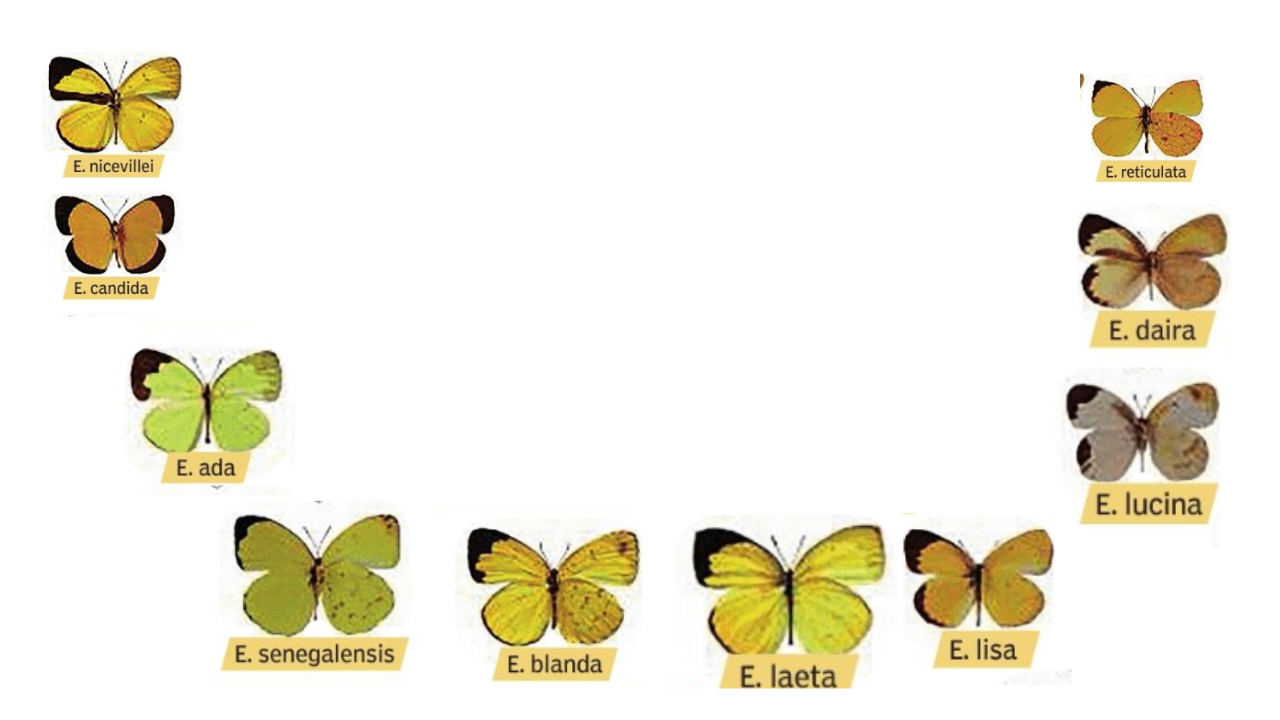Around the world In 26 million years: Evolution Of Eurema species is as breathtaking as the butterflies

NASA discovers a third interstellar object, Parker Solar Probe breaks records with unprecedented sun images, and Earth may host multiple mysterious minimoons, showcasing exciting space exploration breakthroughs.

All major sources, one page
Feel the mood behind headlines
Know what’s trending, globally
Get summaries. Save time
7,179
116
204
4 hours ago
Stay sharp in 60 seconds. Get concise summaries of today’s biggest stories — markets, tech, sports, and more
All major sources, one page
Feel the mood behind headlines
Know what’s trending, globally
Get summaries. Save time
7,179
116
204
4 hours ago
Stay sharp in 60 seconds. Get concise summaries of today’s biggest stories — markets, tech, sports, and more